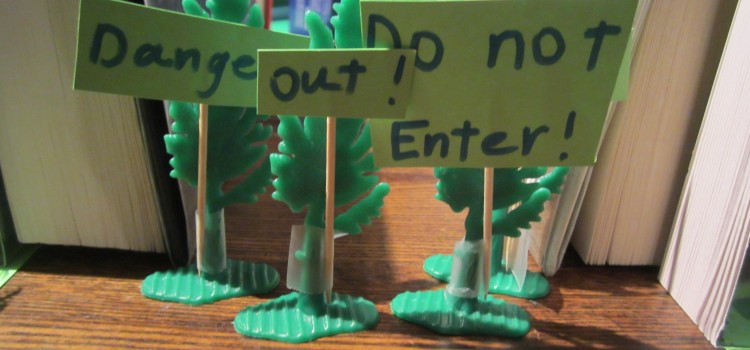Leprechauns are tricky and if you can manage to catch one they will give you their pot of gold.
Leprechaun traps are one of those crafts that are a whole lot of fun to make. They are open ended in a way that promotes the use of analytical thinking. In order to build a trap, children have to use problem solving, brainstorming, drawing out a plan and execute that plan. They must address issues with the plan and adapt it to constraints of their limitations such as materials and time. They are also using creativity and imagination.
Age: This is a great project for preschool and elementary aged kids, although even very young kids can help decorate and build a trap.
Time: You can make the whole thing in an hour, or stretch it out over many hours during a week.
Supplies:
1. Box or container with a hole cut in it for the trap.
2. Decorating materials: (ie: scraps of colored paper, markers, crayons, paint, glitter, stickers, pipe cleaners)
3. Building materials: (ie: empty boxes, egg cartons, yogurt containers, popsicle sticks, straws
These are just suggestions of the types of things you could use, you can use any assortment of items that you have on hand.
How to Build:
The basic trap is just a box or container that has some sort of hole that the leprechaun falls into and gets stuck in the trap. How it looks and “works” is up to your child. Depending on the age and number of children building the trap, the amount of direction and gentle guiding needed to design the trap varies. Since there is no right way to build a trap it is important for adults to not try and restrict the logic and creative thinking the child uses in their design. Instead use open ended questions to help guide the child in solving the problem.
Some Questions you might ask:
- “How will the Leprechaun get up to the hole?” Is there a ramp or ladder on the side of the box they climb up?
- “How do they get tricked into falling or jumping into the box?” Is it covered? Is there something in the box they want?
- “How do you keep them from getting out of the box?” Are the walls too high? Is there something they get tangled in? Stuck to?
- “How do you disguise the trap?”
- “How do you get them to come over to the trap?”
- “What sorts of things does a Leprechaun like/want?”
When you have finished your trap, leave it in an open place to see if you trap works on St. Patrick’s day!
Optional: On St Patrick’s day, set the trap off either by taking the bait left to trap the Leprechaun, or by leaving a note from the Leprechaun saying it was a good trap but they got away. You can also leave green foot prints, glitter, or chocolate coins in or around the trap.
(Image from Pictures by Ann.)

